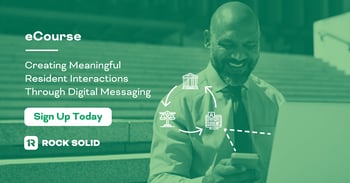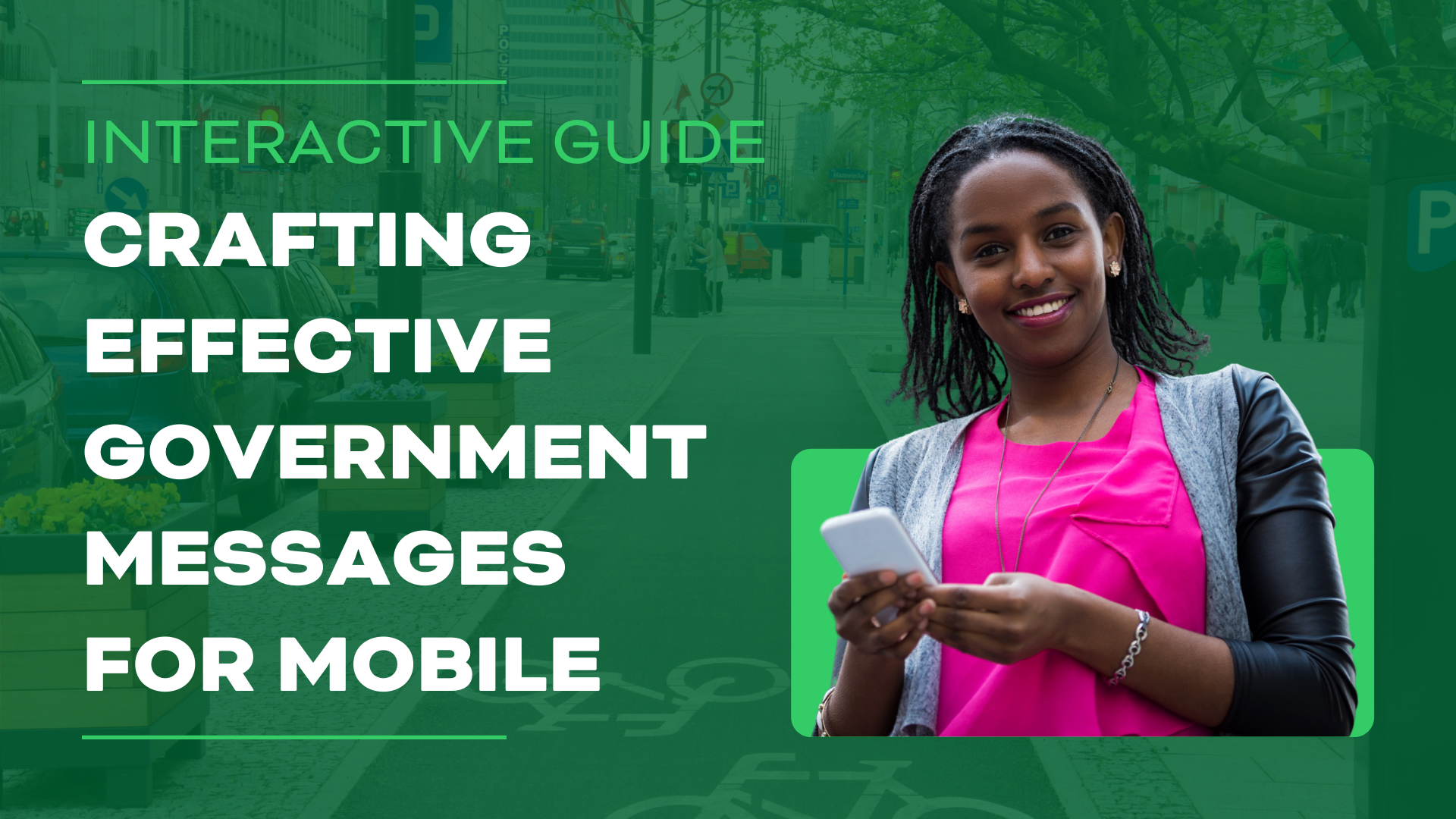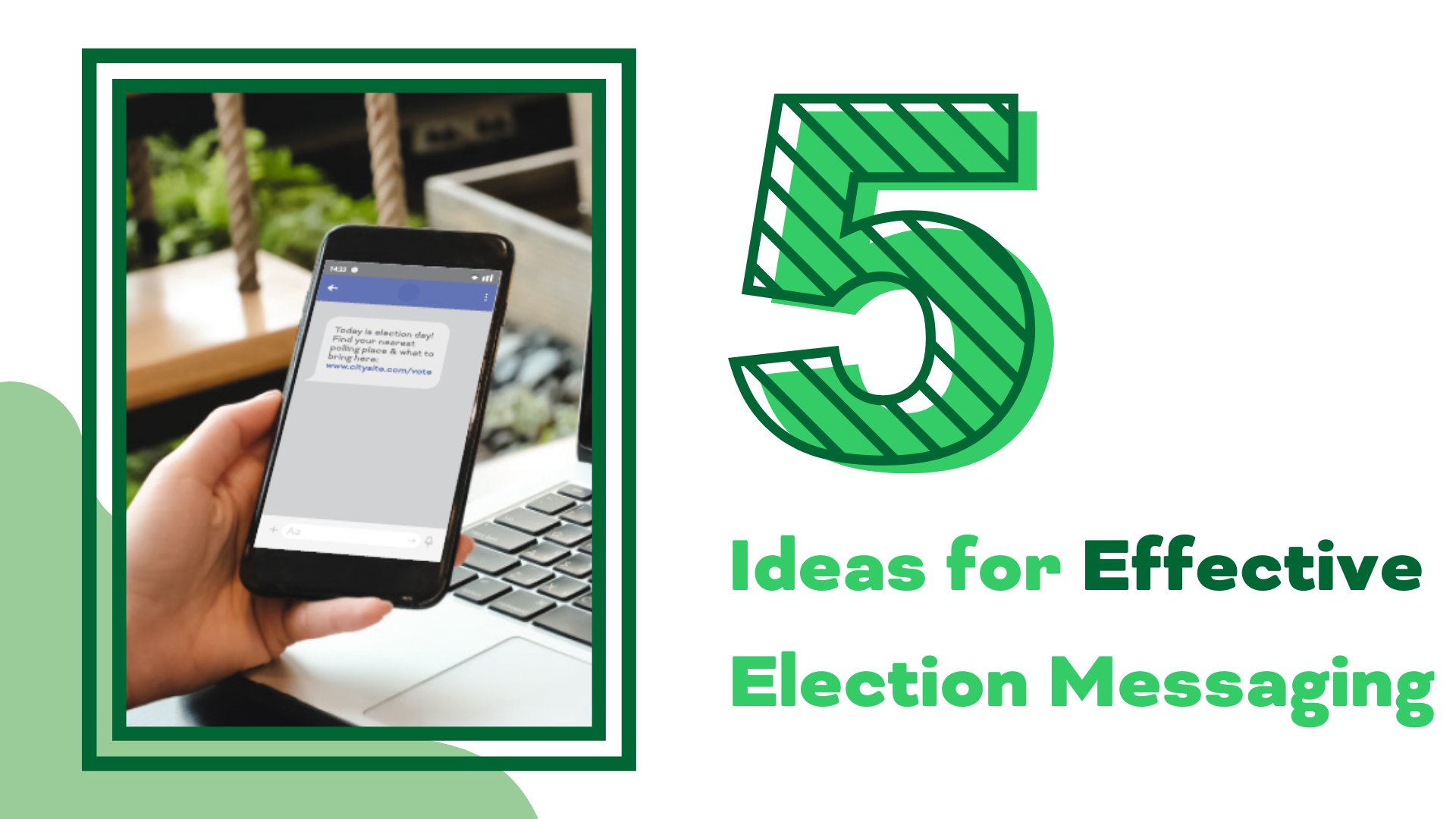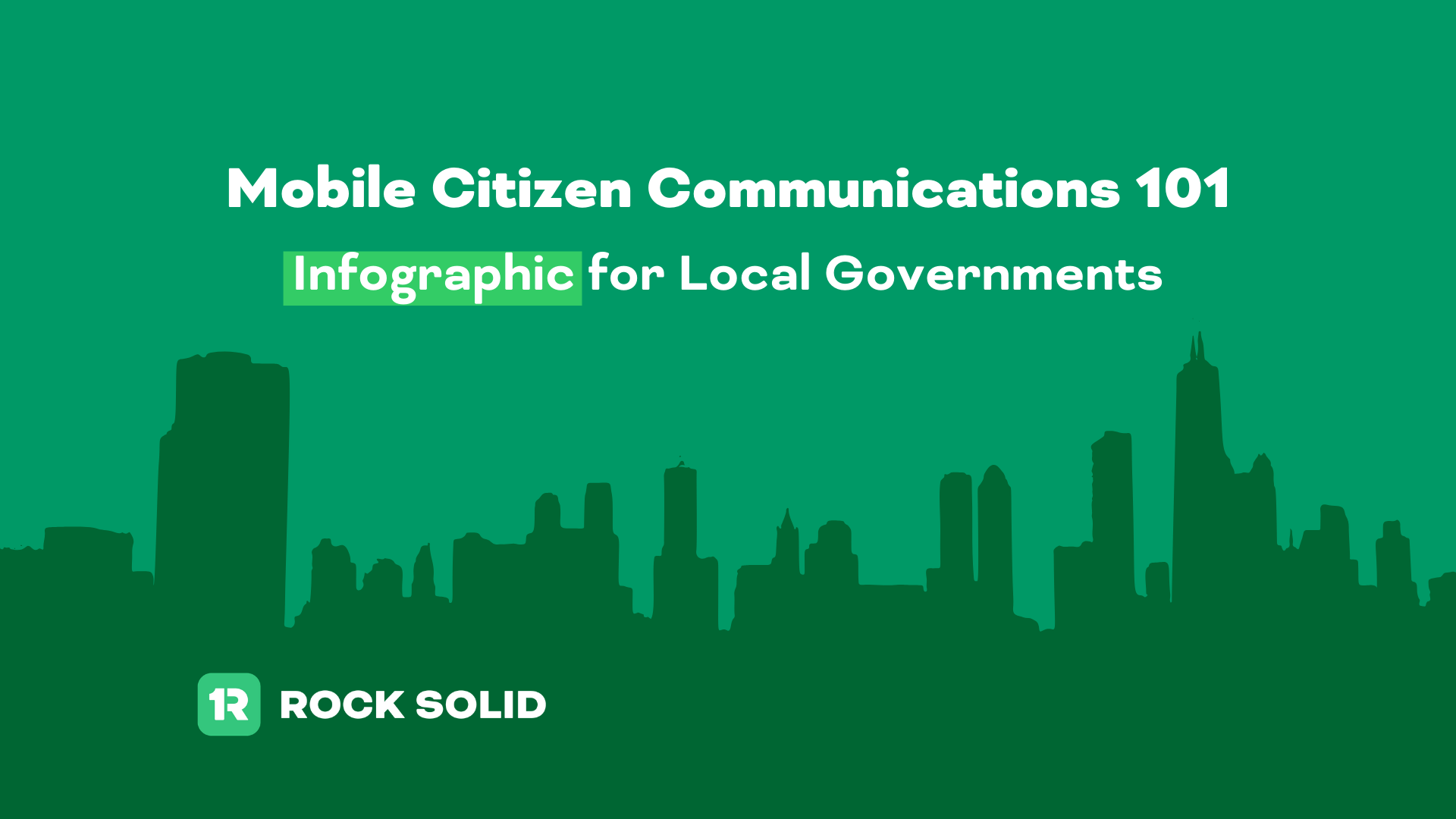More often than not, local governments have messages to communicate to their citizens. Whether it be an upcoming election, updates about COVID-19, or even planned roadworks or closures, your community wants to hear from you on the devices they use every day.
Mobile messaging can reach a wide range of people (81% of Americans have a smartphone, after all) with important communications via mobile push notifications, SMS text messages, and email. Use this step-by-step process as a starting point for effective citizen mobile messaging. Download and print the worksheet for creating resident messages here, or simply continue reading.
Setup: Plan for Effective Mobile, SMS, and Email Communication
This may be an article about crafting messages, but don’t grab your keyboard or pen just yet! Before you write your message, you’ll want to cement your strategy and objectives.
For every message, start by documenting the answers to these four questions:
- What is the primary goal of sending this message?
- What action do we want the recipient to take?
- Who needs to receive this message? What lists, geofences, or radii will we use?
- When will this message be sent? Specify dates and times for each platform.
- Tip: If you’re not sure when to send for best results, check out these links for data-backed best practices for Emails, Push Notifications, and Text messages. Test and measure what works best for your community, but this data can help you get started.
This will ensure that every message sent is purposeful, and therefore respectful of your community’s time. Look to your existing communication or campaign plans to help fill in the blanks.
Subject Line: Make a Strong First Impression
Mobile Push Notifications and Emails have subject lines that you should use to capture attention and pique your citizens’ interest. SMS messages do not include subject lines. Here’s what you need to know to make a captivating first impression:
- Subject line length matters, so keep it short. Be brief, clear, and interesting. Especially on mobile platforms, using too many characters can result in your subject line being cut off on recipient devices. And, take note: though the data varies, up to 78% of emails are read on mobile devices. Ensure that:
- Mobile Push Notification subject line is under 30 characters
- Email subject line is under 60 characters.
- Provide a clear reason to read. The subject line is a gateway to the full contents of your message. Be transparent about what the rest of the message will contain.
- Be engaging. Mobile offers the opportunity to engage in a new way. Following your agency’s brand or communication guidelines, inject personality into your subject lines to secure further interaction.
- Follow best practices for great subject lines. You don’t have to reinvent the wheel! Read up on established best practices for both Mobile Push Notification and Email subject lines for best results. Read more about Push Notification subject line best practices here and Email subject line best practices here.
Body: Get the Message Across
The body copy is the meat of your communication. When composing the body of a mobile message, it’s important to be clear and concise.
- Be mindful of character limits and length. Mobile push notifications and SMS text messages have set character limits across some platforms to display all information within one message or window. Emails do not have limits, but you should still ensure every word in your message is valuable. Ensure that:
- Mobile push notification body is under 40 characters
- SMS text message body is under 160 characters
- Email is brief and effective
- Have an explicit Call to Action. What are your residents supposed to learn or do after reading this message? Whether this message regards an important alert or information on regular services, ensure that your message clearly states what information a reader should take away or the action they should take.
- Use links to connect citizens to more information. Mobile messaging necessitates brevity. This makes links to more information, on your city’s mobile app or website, a valuable tool. Use a URL shortener like bit.ly to more easily fit links into brief messages.
- Compose thoughtful messages. Mobile messaging is a great way for cities, towns, and counties to connect with their communities in a meaningful way. Follow writing and communication best practices for optimal results. Your message should check all the following boxes:
- Courteous
- Timely
- Simple
- Use good grammar
- Avoid excessive capitalization
- Clear and concise
Review: Quality Check
After crafting your message, test and review in accordance with your local government’s communication policies and messaging best practices.
- Proofread. Check every message for spelling and grammar.
- Test on every channel. Conduct a test send across every channel. Ensure messages come through as expected, are well-formatted, and that any links are functional.
- Check spam and data regulations. Ensure messages comply with your area’s regulations for spam and data protection.
- Secure necessary approvals. Follow your agency’s approval process for outbound communications.
Communication equals Engagement
Connecting with citizens using the right message at the right time can do wonders for your citizen engagement. Carefully planned and executed government messages go a long way!
You can download the above guide as a step-by-step worksheet here. It’s printable, so you can work through the steps any time your agency has a message to send.
 And if you’re ready to level up your government messaging skills, enroll in the free Creating Meaningful Citizen Interactions Through Digital Messaging email course. With a daily email, you’ll learn how cities like yours are leveraging digital solutions and getting value from creating meaningful interactions with their residents.
And if you’re ready to level up your government messaging skills, enroll in the free Creating Meaningful Citizen Interactions Through Digital Messaging email course. With a daily email, you’ll learn how cities like yours are leveraging digital solutions and getting value from creating meaningful interactions with their residents.



